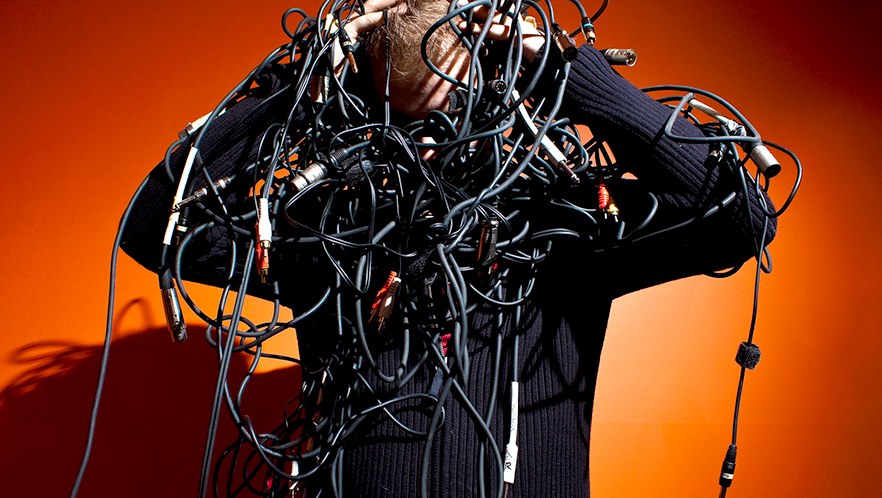If taming that cable monster behind your home theater system is one of the daunting tasks of your new year, look no further.
We caught up with Geek Squad Agents Lindsey Schnase and Richard Hart to get some advice on how to untangle this problem. They have lots of experience installing home theater systems.
Here are their five tips for reducing headaches, confusion and clutter when it comes to connecting your devices.
Use the right cable type.
Modern home theater systems are more than just a TV. Don’t make the mistake of having multiple cables for each electronic device and, instead, use a single HDMI cord whenever possible. HDMI transmits both audio and video at the highest quality available. Fewer cords, better quality and lower odds for a tangled mess – win, win, win!
Choose the right length.
We get it, you got a great deal on that 700-foot-long HDMI cable (from Best Buy, of course), but now you have to put all that extra somewhere. Buying cables that are the right length will help clear the cable buildup behind your home theater system.
We recommend a cable that’s 10 to 15 percent longer than what you need. Just measure the distance between the TV inputs and the components, making sure to follow the path the cables will actually take. The easiest way to do this would be using a length of string or something similar and comparing to a measuring tape.
Label your cable!
You have a cable box, PS4, Xbox One, receiver, NES Classic (how’d you manage to score that!?) and more. All of these devices require, at a minimum, power and signal cables. Keep cords tidy when adding and removing devices by labeling them in some fashion. Colored rubber bands and labels work great for this. Stay away from using tape as it tends to make things gunky (technical term) from the heat generated from your home theater system. The important thing is that your system makes sense and you know which cable belongs to which component.
Keep cable buddies together.
When bundling cables, it’s best to use zip ties or Velcro strips (spaced every 6 to 12 inches) and keep like cables together. If using zip ties, be sure they aren’t too tight, because they could potentially cause unwanted strain on the cable and be difficult to remove without damage.
Power and analog audio cables should be bound separately. Binding them together could introduce unwanted noise into the system because of the magnetic field the power cables give off – and nobody has time for that!
Hide them (just like those embarrassing old CDs you own).
For the cleanest home theater system, we recommend hiding your cables all together. Most modern entertainment stands include cable management features (via built-in hollow channels).
If the TV is mounted on the wall, consider putting the cables in the wall. If you go this route, it’s important to use in-wall rated cables (look up what is required locally before proceeding, there are a few different ratings for different situations). NOTE: It’s never okay to run a TV power cable in the wall. For that, you will either need an in-wall power kit or have an electrician install an outlet behind your TV.
If in-wall cable management isn’t possible, another option is wire molding, which covers all those cables running up to that awesome new wall-mounted flat panel. The molding can even be painted to blend in better with the environment.
Don’t forget, you can always have Geek Squad install your home theater system.


